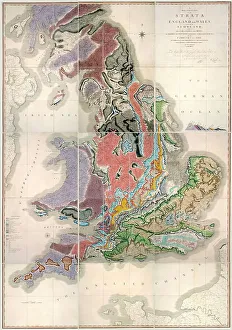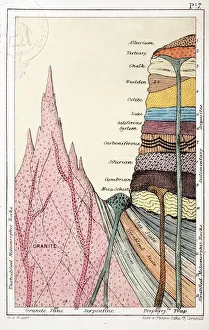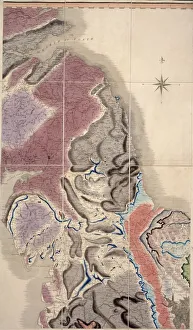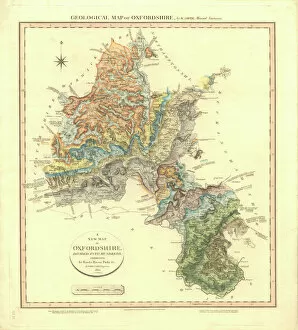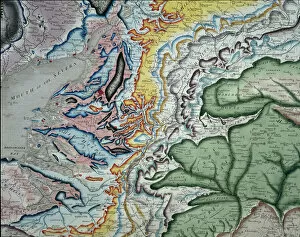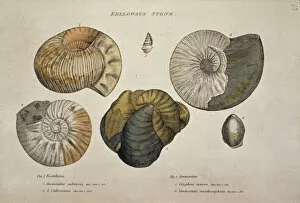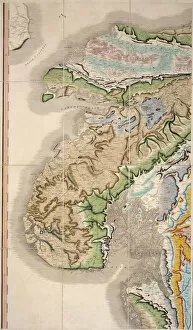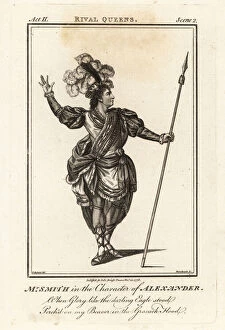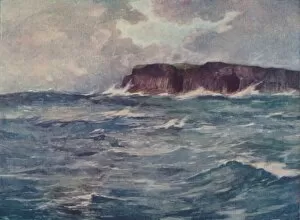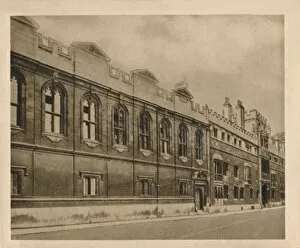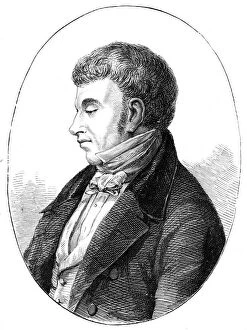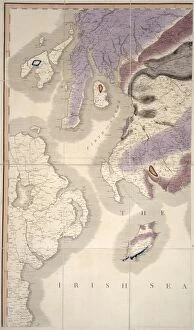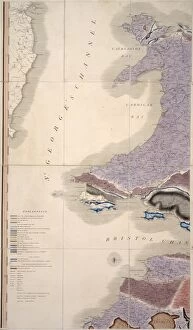William Smith Collection
William Smith is a name that resonates with the world of geology
All Professionally Made to Order for Quick Shipping
William Smith is a name that resonates with the world of geology. Known for his groundbreaking work in cartography, he created the first geological map of Britain in 1815. His meticulous attention to detail and passion for understanding the Earth's strata led him to produce masterpieces like the William Smith Geological Map and the Geological Map of Oxfordshire. Smith's contributions revolutionized our understanding of geology, providing crucial insights into rock formations and their ages. One notable example is his 1838 Mantells Geological Strata Section, which showcased various layers of rocks found across England. This section became an invaluable resource for scientists studying geological history. The significance of Smith's work cannot be overstated - his maps laid the foundation for modern geological studies. The 1815 C016 / 5683 map remains a testament to his genius, as it was not only informative but also visually stunning. Beyond his scientific achievements, William Smith had another side to him - one that embraced creativity and performance arts. He took on various theatrical roles at Covent Garden Theatre during the mid-18th century, captivating audiences with his talent on stage. Whether portraying Archer in George Farquhar's The Beaux Stratagem or Alexander in Nathaniel Lee's Alexander the Great or The Rival Queens, Smith displayed versatility as an actor. In John Banks' Ann Bullen, he played Piercy with great aplomb while embodying Publius in William Whitehead's Roman Father at Covent Garden Theatre in 1767. These performances showcased Smith's ability to bring characters to life through his expressive acting skills. From mapping out intricate geological landscapes to captivating theatergoers under bright spotlights, William Smith left an indelible mark on both science and artistry alike. His legacy lives on through iconic works such as Kelloways Stone and Mr William Smiths Geological Map - testaments to a man who shaped our understanding of Earth while delighting audiences with his theatrical prowess.

